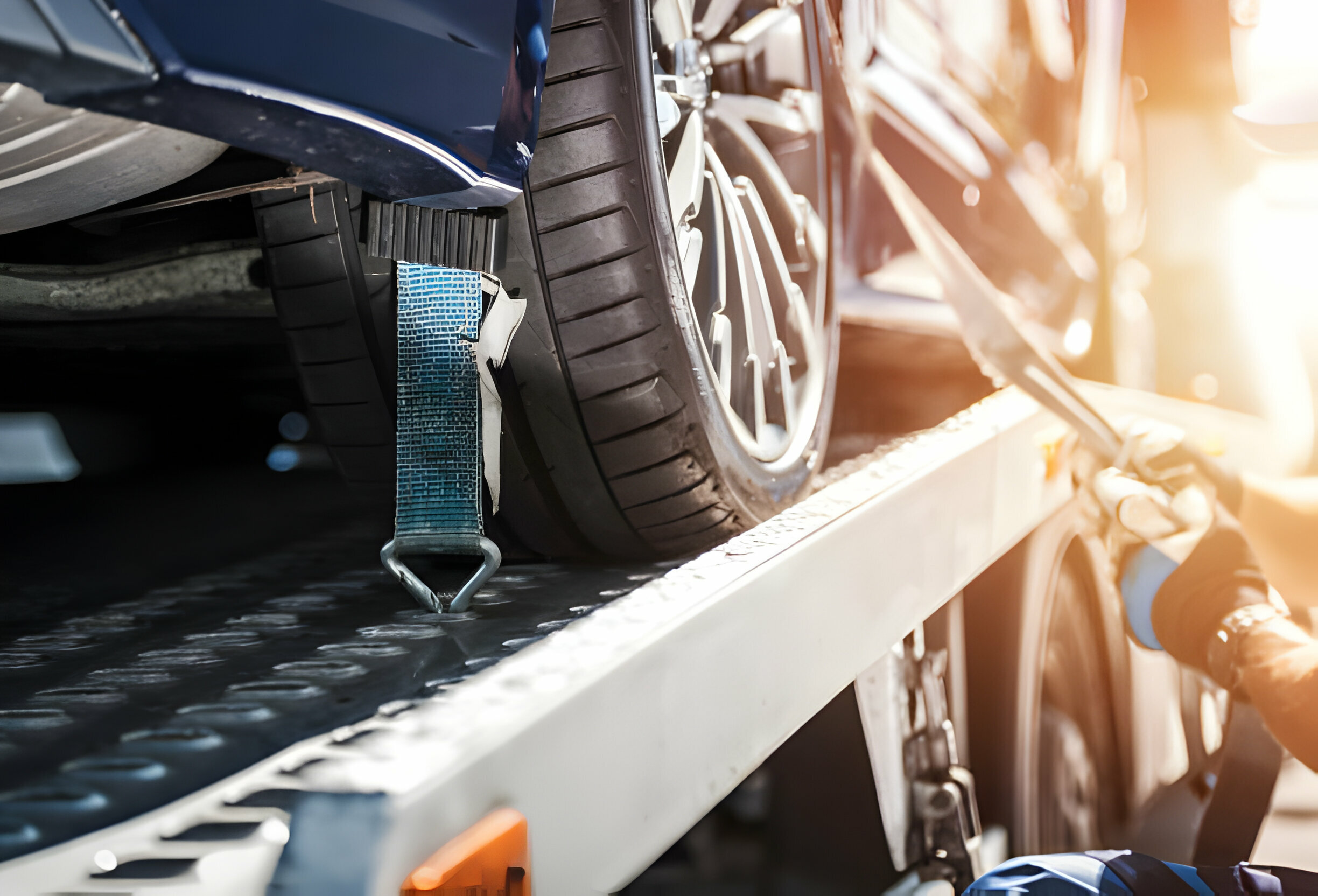I have noticed something interesting about tie-down straps: I don’t know anyone who owns just one. I own nearly a dozen myself. I know other people who own fewer and some who own more. I bring all of this up to say that storing multiple tie-down straps in the same location can get dicey.
If you are not careful, tie-down straps carelessly thrown into a bucket or box can behave like strings of Christmas lights. They get all tangled up despite just sitting there and doing nothing. You are ready to get to work but you are delayed because you need to untangle your straps. Not cool.
Below are a few tips I have picked up over the years. They apply to both ratchet and cam straps. I prefer Rollercam tie-down straps myself, but the tips will work with any kind of tie-down consisting of a webbing strap, buckle, and hook.
1. Coil Straps Prior to Storage
Although it seems so obvious, coiling tie-down straps before storing them away is the key to all the other tips you might come across. Tie-down straps are made to be coiled. Wrapping them up in individual coils guarantees they will not get tangled while in storage.
There are a number of ways to secure them so that they don’t come uncoiled:
- Wrap each one in a Velcro strap.
- Secure the coils with bungee cords.
- Store each coil separately in an old sock.
Preventing the straps from coming uncoiled will save you time on your next project. You will also avoid the aggravation of having a big mess in your bucket, box, or storage locker.
2. Utilize a Clean, Dry Space
I have seen friends coiling their tie-down straps and tossing them in the backs of their pickup trucks. That’s not for me. Ratchet straps are built to withstand the elements, but they still suffer from wear and tear caused by the weather. I recommend using a clean, dry space for storage.
Keeping tie-down straps out of the weather reduces the chances of ratchets and cam straps rusting. It minimizes the effect UV rays have on webbing material. Both benefits should lead to the longest possible life for your straps.
3. Undo the Knots
Tie-down straps can get knotted even with normal use. Maybe you’re not paying attention and you accidentally pulled a strap the wrong way to create a knot. Don’t leave the knot for the next time you use the strap. Take care of it before you coil the strap for storage.
Knots become more difficult to untie the longer they remain in a nylon strap. Freely more, they can deform the webbing material and make it more difficult to thread through your ratchet or cam buckle. So again, address those knots before rolling your straps into coils.
4. Don’t Lubricate Prior to Storage
Every now and again a ratchet or cam buckle might need some lubrication. Just prior to storage is not the time to do it. Why? Because excess oil can drip onto the fabric and soak in, thereby harming the strap’s integrity. It is better to lubricate right before you deploy a strap. That way, you’ll have ample opportunity to wipe away excess oil before it becomes a problem.
Tie-down straps are pretty robust and durable. It takes an awful lot to damage them so much that they cannot be used. Still, that’s no excuse for shoddy storage practices. If you want to maximize the life of your tie-downs and make using them as convenient as possible, try utilizing the tips in this post. They will pay off.
